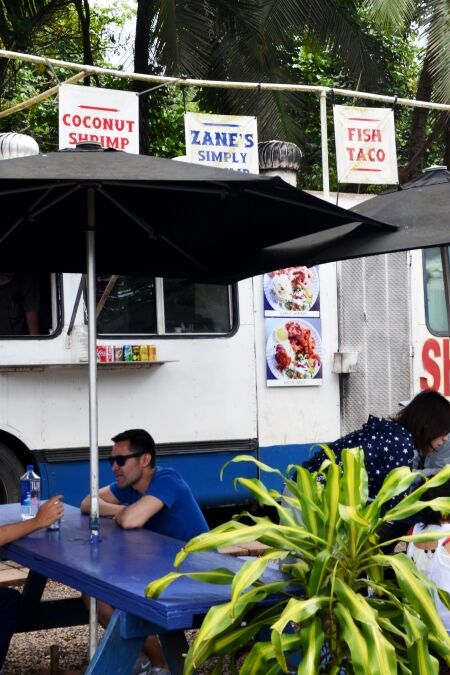Puu Loa Petroglyphs, located within Hawaii Volcanoes National Park, is the largest and most significant petroglyph field in Hawaii. This ancient site features over 23,000 carvings that hold deep cultural and historical significance for Native Hawaiians, symbolizing important life events and spiritual rituals. In this guide, you’ll learn about the history of the petroglyphs, how to visit the site and the importance of preserving this sacred Hawaiian landmark for future generations.
Highlights
- Puu Loa Petroglyphs is home to over 23,000 ancient carvings, offering a fascinating glimpse into the lives and traditions of early Hawaiian settlers.
- The Puu Loa Trail is a relatively easy 1.5-mile round-trip hike that’s suitable for most fitness levels.
- Learn about the historical significance of these carvings, which include images of humans, animals, and symbols representing life events such as births and journeys.
- The petroglyphs are located within Hawai’i Volcanoes National Park, making it easy to combine this visit with other iconic sites like Kīlauea Crater and the Thurston Lava Tube.
- Capture photos of the ancient carvings set against the backdrop of the rugged volcanic landscape, a setting that offers a stark contrast between nature and history.
History
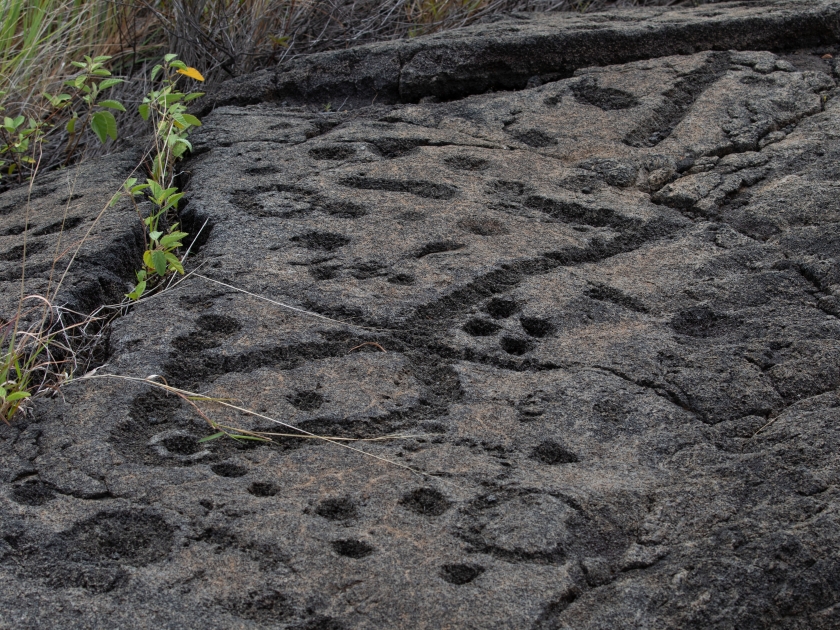
Puʻu Loa’s Ancient Legacy
Puʻu Loa, located within Hawaiʻi Volcanoes National Park, is a volcanic pressure dome on the Big Island, famed for its extensive field of ancient petroglyphs. These rock carvings, etched by Native Hawaiians, offer a captivating look into the island’s deep cultural and spiritual history.
The Birth of Puʻu Loa and Its Sacred Role
Formed during a volcanic eruption around 550 years ago, Puʻu Loa’s smooth lava surface became a perfect canvas for these petroglyphs. Revered by ancient Hawaiians, this site was considered sacred, and often associated with healing and protection. The name “Puʻu Loa,” meaning “long hill” or “hill of long life,” reflects its connection to longevity and well-being, especially in newborns.
Cultural and Spiritual Insights
The petroglyphs at Puʻu Loa provide profound insights into the rituals, beliefs, and social structures of ancient Hawaiians. The use of cupules for birth rituals highlights the importance of a newborn’s connection to the natural world. Many carvings may represent spiritual beliefs, portraying the gods and spirits that the Hawaiians revered. Others could signify family ties or social hierarchies, showing a deeper glimpse into the community life of the past.
What to Expect at the Petroglyphs
When visiting Puu Loa Petroglyphs, you’ll embark on a short, scenic trail that leads to a wooden viewing platform overlooking the ancient carvings. The petroglyphs vary in shape and design, with many depicting human figures, circles, and lines that represent significant life events. Visitors are encouraged to observe cultural guidelines by not touching the carvings and respecting Hawaiian customs, as these petroglyphs are considered sacred symbols of the island’s history and heritage.
Types of Petroglyphs
Cupules: Symbols of Life and Well-Being
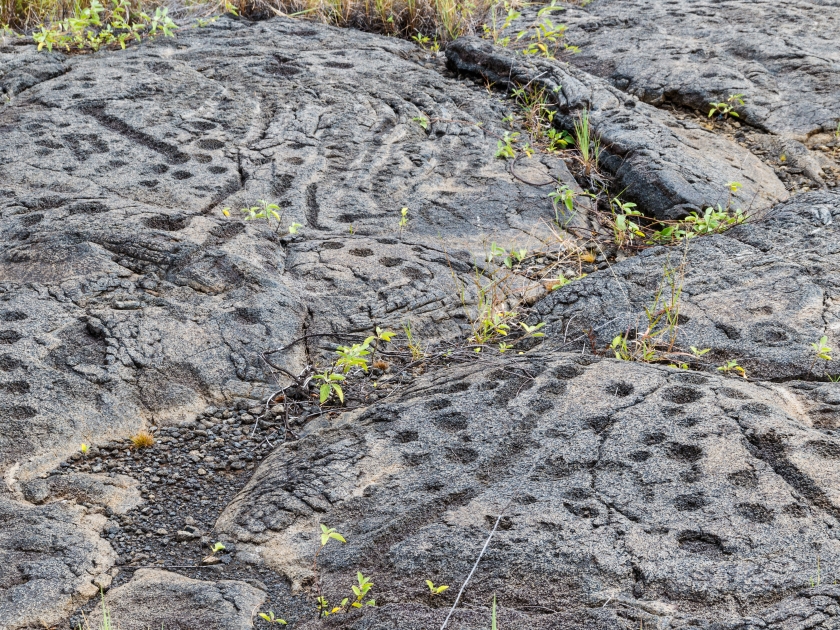
One of the most commonly found petroglyphs at Puʻu Loa is the cupule. These small, circular depressions were more than simple carvings; they were integral to a ritual involving newborns. Ancient Hawaiians would place a newborn’s umbilical cord in these cupules as a ceremonial act, believed to ensure the child would enjoy a long, healthy life.
Geometric Shapes: Mystery and Meaning
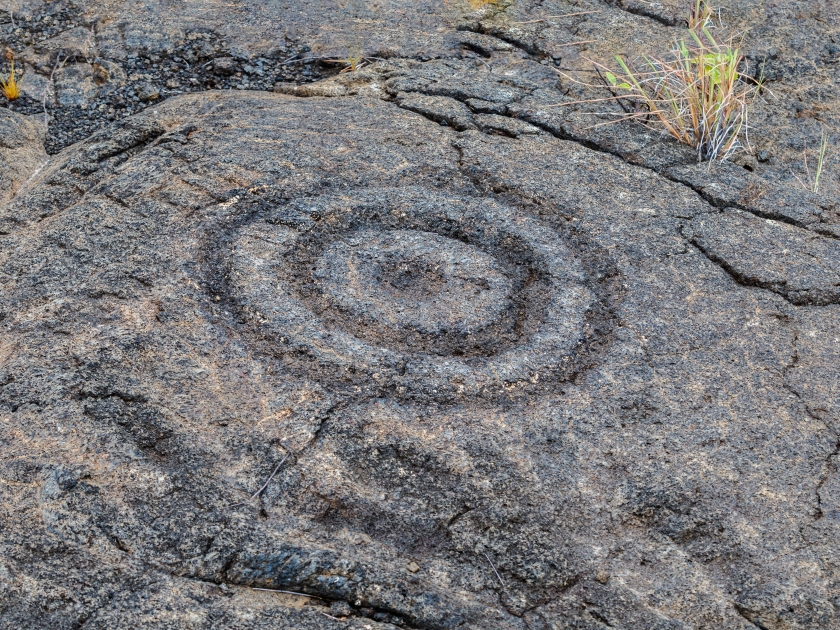
Geometric shapes such as circles, triangles, and other forms are also frequently found among the carvings. While the exact meanings of these shapes remain debated, they may represent important aspects of Hawaiian life, such as celestial bodies, family lineages, or spiritual symbols. Their abstract nature leaves much to the imagination, adding to the intrigue of this ancient site.
Human Figures: Honoring Ancestors and Deities
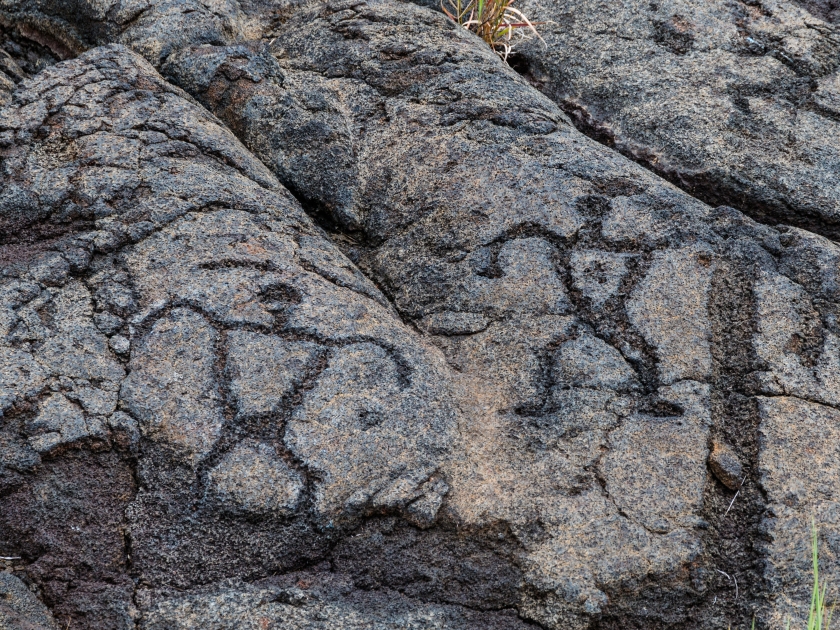
Depictions of human figures, ranging from simple abstract forms to more detailed, realistic designs, are another common feature of the Puʻu Loa petroglyphs. These carvings likely represent deities, ancestors, or significant historical figures, reflecting the deep connection ancient Hawaiians had with their lineage and the divine. These human representations offer a fascinating glimpse into how the people of this time viewed their world and their place within it.
Each type of petroglyph adds a layer of richness to the historical and cultural significance of Puʻu Loa, making it a compelling site to explore for anyone interested in Hawaiian history and art.
Tips for Visiting
- Bring essentials: Water, sunscreen, sturdy shoes, and a hat for sun protection.
- Respect the site: Avoid touching the petroglyphs to preserve their historical significance.
- Stick to the trail: Stay on designated paths to protect the landscape and prevent damage.
- Check the weather: Be prepared for sudden changes in temperature and rain, typical of the park.
- Arrive early or late: Visit during early morning or late afternoon to avoid crowds and enjoy cooler temperatures.
- Stay hydrated: The trail can be hot and dry, so keep plenty of water on hand.
- Follow park rules: Adhere to Hawaii Volcanoes National Park regulations to ensure a safe and respectful visit.
Best Times to Visit
The best time to visit Puu Loa Petroglyphs is early morning or late afternoon when the temperatures are cooler, the light is ideal for photography, and the crowds are minimal. The weather in Hawaii Volcanoes National Park can be unpredictable, with sudden rain or intense sun, so it’s important to dress in layers and bring sun protection. These times of day also provide the best opportunities to capture the intricate petroglyphs in a softer, more flattering light.
Nearby Attractions
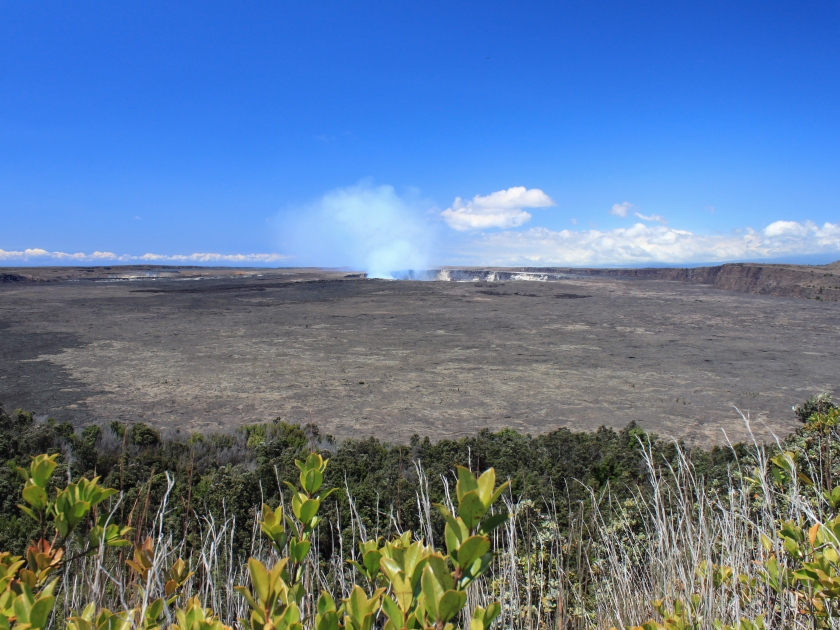
While visiting Puu Loa Petroglyphs, consider exploring other nearby attractions within Hawaii Volcanoes National Park. Kilauea Crater is a must-see, offering breathtaking views of one of the most active volcanoes in the world. For a scenic drive, take the Chain of Craters Road, which winds through dramatic landscapes and ends at the ocean, where lava has shaped the coastline. These sites provide a deeper understanding of Hawaii’s volcanic history and are perfect for extending your trip and immersing yourself in the park’s unique beauty.
Frequently Asked Questions (FAQs)
The Puu Loa Petroglyphs are estimated to be over 500 years old, dating back to early Hawaiian settlers.
The Puu Loa Petroglyphs are found on the southern coast of Hawaii’s Big Island, within Hawaii Volcanoes National Park.
The Puu Loa Petroglyphs can be accessed by a short 1.5-mile round-trip hike from the Chain of Craters Road in Hawaii Volcanoes National Park.
The petroglyphs primarily depict human forms, circles, and dots, believed to symbolize birth, life, and ancestral ties in ancient Hawaiian culture.
Yes, entry to the Puu Loa Petroglyphs requires the standard entrance fee to Hawaii Volcanoes National Park, which starts at $30 per vehicle.
Yes, the Puu Loa Petroglyphs trail is open year-round, but visitors should check for any park alerts or weather advisories.
No, visitors are prohibited from touching the petroglyphs to preserve their historical and cultural significance.
How to Get There
By Car
To reach Puu Loa Petroglyphs by car, start from the town of Kailua-Kona on Hawaii Island. Head south on Highway 11, and after approximately 30 miles, you will arrive at the Hawaii Volcanoes National Park entrance. Once inside the park, follow the signs to the Puu Loa Petroglyphs trailhead. There is a parking lot available at the trailhead, making it convenient to access this remarkable site.
By Bus
If you prefer public transport, you can take the Hele-On Bus from Kailua-Kona to Hawaii Volcanoes National Park. Check the current bus schedules to find a suitable route and time, as availability may vary. Once you arrive at the park, be sure to inquire about local shuttles or taxi services that can take you to the Puu Loa Petroglyphs trailhead, as it is a short distance from the main park facilities.
Preserve Hawaii’s Cultural Heritage
Puu Loa Petroglyphs offers a rare glimpse into the cultural and spiritual history of Native Hawaiians, with thousands of ancient carvings that hold profound significance. Visiting this sacred site is not only a journey through Hawaii’s rich past but also a chance to appreciate its natural beauty. As you explore, remember to honor the customs and traditions by respecting the petroglyphs, ensuring this important landmark remains preserved for future generations.



